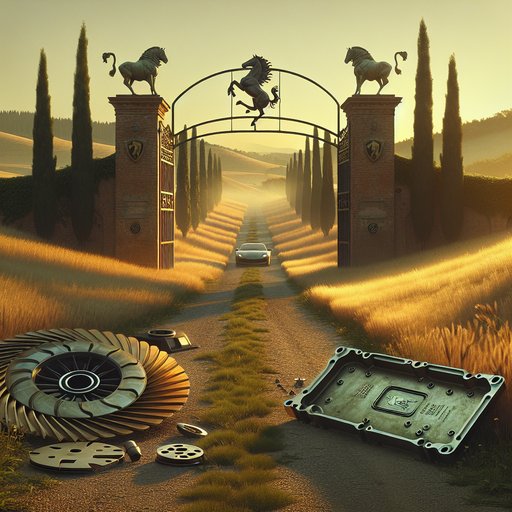
In the flat fields between Bologna and Modena, two emblems faced one another across hedgerows and centuries: a prancing horse painted on factory gates in Maranello, and a snorting bull cast in bronze in Sant’Agata Bolognese. The story of Ferrari and Lamborghini is not a tale of wheel-to-wheel duels as much as it is a contest of pride, engineering, and the stubborn refusal to be second. It begins with a clutch plate and ends—so far—with electricity humming beneath carbon tubs, but the middle is all gasoline, metal, and the heat of Italian summers.

In a windowless room behind a pediatric cardiac ward, a machine draws filaments of shimmering, cell-rich gel into patterns that look like frost on glass, building a sliver of living tissue the color of a dawn bruise. It is not a heart, not yet, but it might strengthen one: an engineered patch for a child whose next birthday was never guaranteed. Down the hall, a researcher scrolls through a design that treats tissues as cities and capillaries as streets, while halfway around the world, a fermentation tank the size of a bus churns out the proteins that make the gel possible. Organ printing and synthetic biology are edging from promise to practice, changing how we treat disease and grow food, and quietly redrawing the boundaries of what a body is allowed to be.

A melody lands in your inbox that you don’t remember writing. The brushstroke on your screen looks eerily like your own hand, except it came from a prompt you typed between emails. A paragraph stares back in your cadence, but you never wrestled with its commas. AI-generated music, art, and literature are no longer curios—these systems sit beside us like fluent studio mates, answering “what if?” faster than we can form the question. They challenge a belief that creativity is a private spark contained within a singular mind, and they do it in public, at scale. Inside that friction lies a chance: to renegotiate authorship, invent new genres, and build economic and ethical infrastructure that matches the texture of collaborative creation. The fight over definitions has begun in living rooms and courtrooms, but the real experiment is unfolding in the work itself.

In the Mississippi Delta, where cotton rows met levees and the night carried rhythms from shotgun houses to juke joints, blues music took on the weight of lived experience. Among its most commanding voices was Son House, whose bottleneck slide and booming, sermon-born vocals found a steadfast ally in a metal-bodied National resonator guitar. Built to carry sound over clinking glasses and crowded rooms before amplification was common, the instrument became more than a tool; it was a witness. Through drought and migration, studio doors and field recordings, the guitar’s steel face and spun-aluminum cone turned memory into melody. The story of that partnership reveals how a particular guitar design helped one Delta musician translate hardship into durable art—and how that art, in turn, spoke to the larger promises and failures of American life.


































































